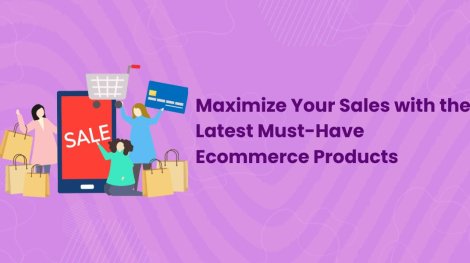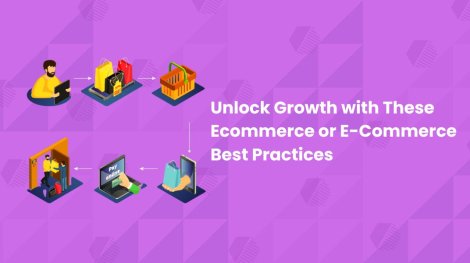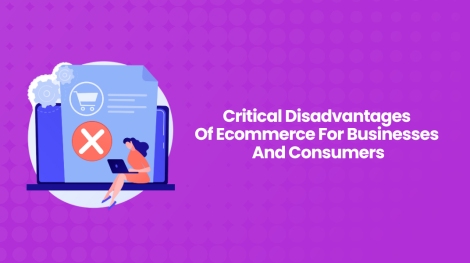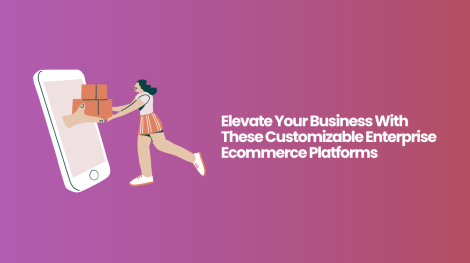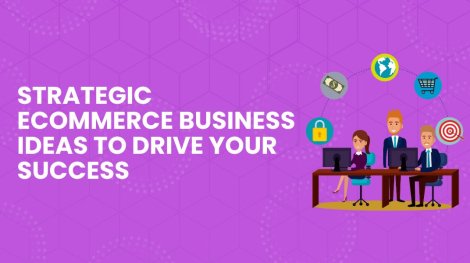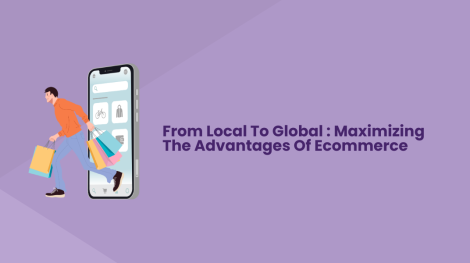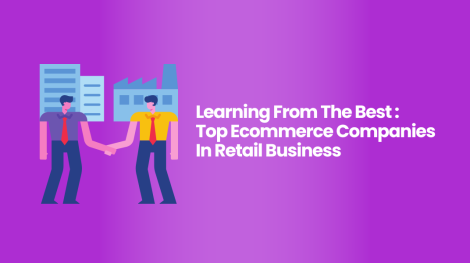The world of ecommerce is constantly evolving, and 2024 is no exception. With shifting consumer behaviors and rapid technological advancements, certain product ...
Introduction to E-commerce
A Digital Revolution
in Commerce

The Future Of Retail Is Here

What is
E-commerce?

The E-commerce Landscape
Starting an
E-commerce Business
Launching an e-commerce business requires careful planning and execution. Key steps include market research, selecting a niche, setting up an e-commerce platform, and implementing effective digital marketing strategies. Success in e-commerce demands a combination of strategic planning, customer-centric approaches, and ongoing adaptation to technological advancements.
Advantages and Challenges of E-commerce

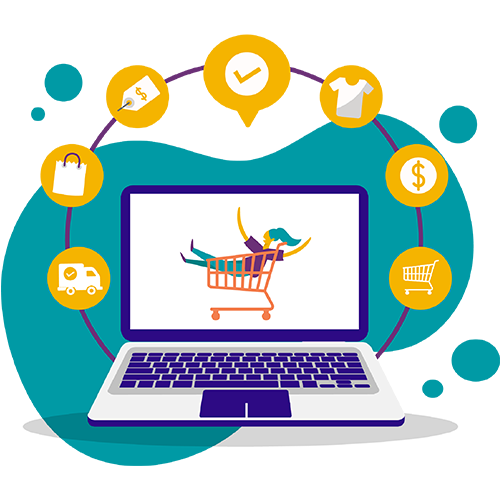
How E-commerce Works?
E-commerce Revenue Models Explained
1. Dropshipping
This model allows businesses to sell products without maintaining a stock inventory. Instead, when a customer places an order, the product is shipped directly from a third-party supplier to the customer.
2. White Label Products
Under this approach, products are produced by manufacturers and sold to various retailers. These retailers then market and sell the products under their own brand and packaging.
3. Private Label Products
This strategy involves products being specially made for and sold under a retailer's brand. The retailer collaborates with the manufacturer to develop a product that aligns with the retailer's specifications and brand identity.
4. Subscription Services
This model secures a consistent revenue stream by charging customers a periodic (monthly or yearly) fee for continuous access to a product or service.
5. Bulk Sales (Wholesaling)
This involves selling products in large quantities at a discounted rate to other businesses, which then sell the products to the final consumers.
Advantages of E-commerce
Convenience
E-commerce platforms provide unparalleled convenience, allowing customers to shop anytime, anywhere, and businesses to operate round-the-clock without the limitations of physical store hours.
Global Reach
By eliminating geographical barriers, e-commerce enables businesses to serve customers worldwide, significantly widening their potential market and customer base.
Cost Efficiency
Operating online can substantially lower overhead costs compared to traditional brick-and-mortar retail, encompassing savings on rent, utilities, and staff.
Scalability
E-commerce businesses can quickly adapt and scale operations in response to market demand, new product introductions, or expansion into new markets.
Data-Driven Decision Making
The wealth of data collected from online transactions and customer interactions provides valuable insights for tailoring marketing strategies, product offerings, and enhancing customer experiences.
Challenges Facing E-commerce
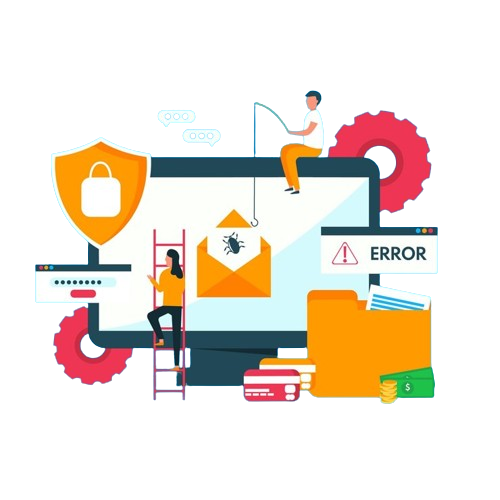
Cybersecurity Risks
Handling sensitive customer data puts e-commerce sites at risk of cyber threats, necessitating robust security measures.
Logistics Complexity
Fulfilling orders accurately and promptly requires efficient inventory and delivery management, particularly for high-volume businesses.
Customer Experience Optimisation
Creating a seamless and enjoyable online shopping experience is vital for customer satisfaction and loyalty.
Regulatory Hurdles
E-commerce operations must navigate complex legal requirements, including data protection and consumer rights, which can vary widely across regions.
High Competition
The online market is crowded, requiring businesses to differentiate themselves through effective marketing, branding, and product quality.
Launching an E-commerce Business: A Step-by-Step Guide
Market Research
Begin by analysing your market niche, current trends, and competitor strategies to identify unmet customer needs and opportunities.
Launch, Monitor, and Scale
After testing your site's functionality, launch your business, monitor performance through analytics, and plan for growth based on customer feedback and market trends.
Business Planning
Develop a comprehensive business plan that outlines your vision, target market, unique value proposition, revenue model, and marketing approach.
Streamlining Shipping and Fulfilment
Partner with reliable couriers and fine-tune your shipping strategy for efficiency and customer satisfaction.
Legal and Financial Foundations
Choose an appropriate business structure, register your company, secure necessary permits, and set up financial management systems.
Establishing Customer Support
Implement a robust customer service framework to address inquiries and issues promptly, enhancing trust and loyalty.
Product Development
Determine your product sourcing or manufacturing strategy, considering costs, logistics, pricing, and inventory management.
Crafting a Digital Marketing Plan
Utilise a mix of digital marketing channels tailored to your audience and goals, from SEO to social media and beyond.
Building Your Online Presence
Design and launch your e-commerce website, selecting a reliable platform like Shopify or WooCommerce to support your operations.
SEO and Content Strategy
Optimise your site for search engines and create compelling content to draw traffic and engage customers.
Launching an E-commerce Business: A Step-by-Step Guide
Market Research
Begin by analysing your market niche, current trends, and competitor strategies to identify unmet customer needs and opportunities.
Business Planning
Develop a comprehensive business plan that outlines your vision, target market, unique value proposition, revenue model, and marketing approach.
Legal and Financial Foundations
Choose an appropriate business structure, register your company, secure necessary permits, and set up financial management systems.
Product Development
Determine your product sourcing or manufacturing strategy, considering costs, logistics, pricing, and inventory management.
Building Your Online Presence
Design and launch your e-commerce website, selecting a reliable platform like Shopify or WooCommerce to support your operations.
SEO and Content Strategy
Optimise your site for search engines and create compelling content to draw traffic and engage customers.
Crafting a Digital Marketing Plan
Utilise a mix of digital marketing channels tailored to your audience and goals, from SEO to social media and beyond.
Establishing Customer Support
Implement a robust customer service framework to address inquiries and issues promptly, enhancing trust and loyalty.
Streamlining Shipping and Fulfilment
Partner with reliable couriers and fine-tune your shipping strategy for efficiency and customer satisfaction.
Launch, Monitor, and Scale
After testing your site's functionality, launch your business, monitor performance through analytics, and plan for growth based on customer feedback and market trends.
E-commerce Success Strategies
Customer-First Philosophy
Ensure every aspect of your business, from website design to customer service, prioritises customer needs and experiences.
Quality Visual Content
Invest in high-quality, detailed product images and videos to enhance product listings and attract customers.
Leveraging Customer Reviews
Encourage and showcase customer reviews and ratings to build trust and provide valuable insights for potential buyers and product improvements.
Ongoing SEO Efforts
Continuously optimise your website and content for search engines to improve visibility and attract organic traffic.
Competitive Insight
The Evolution of
E-commerce in the UK

Understanding E-commerce Regulations in the UK
E-commerce Taxation Insights
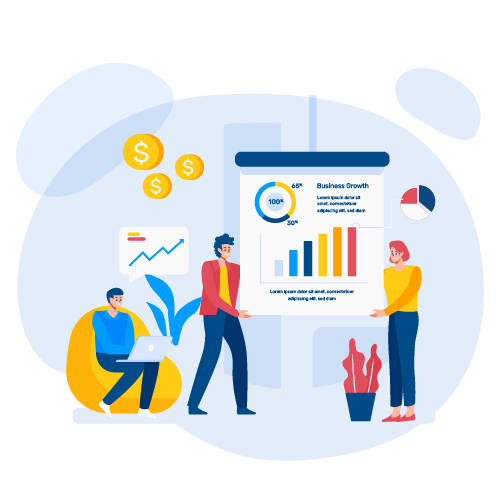
Leveraging the UK's Digital Infrastructure
Innovations Shaping UK E-commerce

Sustainability and E-commerce
Sustainability is increasingly becoming a priority for UK consumers and businesses alike. E-commerce platforms are adopting eco-friendly practices, from reducing packaging waste to offering sustainable product options. Emphasising sustainability can not only reduce environmental impact but also resonate with the values of modern consumers, creating a competitive edge for e-commerce brands.

The Role of Social Media in
E-commerce
E-commerce and the Future of Retail in the UK
Practical Tips for UK E-commerce Startups
Staying in Tune With the E-commerce Momentum
The Future of E-commerce
The future of e-commerce is bright and promising, driven by emerging technologies like AI, blockchain, and augmented reality. These innovations are set to further personalise shopping experiences, streamline operations, and expand the reach of e-commerce globally.
Ecommerce or E-Commerce Best Practices
As online shopping continues to dominate the retail landscape, there’s an ongoing debate about the proper way to spell one of the key terms in this space: “eco ...
Professional Ecommerce Consulting
In the rapidly evolving arena of digital commerce, merely establishing an online store is no longer sufficient for securing a competitive edge. To thrive in to ...
Critical Disadvantages Ecommerce
Ecommerce has undeniably transformed the shopping experience, offering unparalleled convenience and accessibility. With the ability to browse products, compare ...
Customizable Enterprise Ecommerce Platforms
In today's fast-paced digital marketplace, retail businesses face immense pressure to stay competitive and relevant. With the increasing shift towards online s ...
Ecommerce Business Ideas for Beginners
The eCommerce industry has seen tremendous growth over the past decade, opening up a world of opportunities for aspiring entrepreneurs. If you're eager to star ...
Maximizing The Advantages Of Ecommerce
In today’s digital age, E Commerce has transformed the retail landscape, offering businesses numerous benefits that were previously unattainable. Embracing e-c ...
Top Ecommerce Companies In Retail Business
In today's digital-first world, the phrase “top ecommerce companies in retail business” points to a select group of industry leaders who have not only transfor ...
